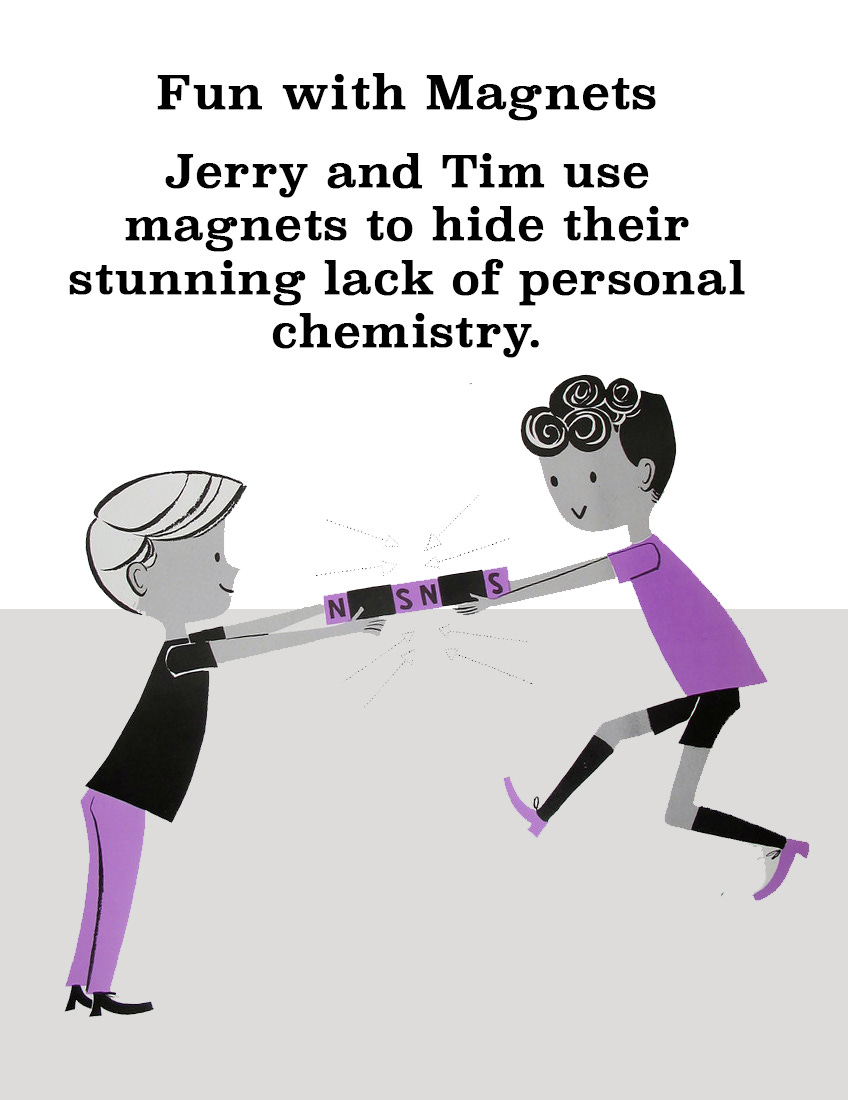Fun with magnets and George Washington Carver's slippery peanuts
Crop rotation — as exciting as this is, it's not clickbait!
The Fake Science Laboratories ask that you stop using your Bunsen burner in public.
Today’s Lesson

This Day in Science History: George Washington Carver Invents the Slippery Peanut
March 3, 1902
Most people know that George Washington Carver created hundreds of peanut-based products, but few know how he got farmers to plant peanuts in the first place.
Carver grew up in a cotton-obsessed Southern farm economy that had a poor understanding of crop rotation. Half of the farmers would simply rotate their plants so they were upside down. This damaged the roots and didn’t help the plants, either. The other farmers did rotate in non-cotton crops, but their choices didn’t help with soil nutrient depletion, since they rotated in crops including: dirty nickels, cigarette butts, and, in a last ditch effort, clean nickels.
Carver knew that these crops didn’t supply the soil with key nutrients, and he knew peanuts were the solution. He created hundreds of peanut-based products to encourage development, but despite the appeal of “Peanut Toothpaste,” “Peanut Toe Cream,” and “Peanut Nickels” (Carver wasn’t one to fight the national love of nickels), none of his inventions caught on.
He couldn’t get farmers to plant peanuts — and that was when he invented the Slippery Peanut.
Inspired by a meal of peanut butter (which he did not invent) while applying a fresh coat of “Peanut Toe Cream” to his aching feet, Carver had an epiphany. “Peanut…butter,” he muttered, though his mouth was so sticky with peanut butter that the enunciation was unclear. Carver furiously began coating peanuts with an odorless and tasteless oil that made them incredibly slippery.
The next day, he distributed these peanuts to hundreds of farmers, without warning that they were extremely slippery. The farmers, who typically snacked while tilling their fields, kept dropping slippery peanuts every few feet. The peanuts were finally planted. A few weeks later, farmers saw that peanuts were indeed the perfect crop to rotate with cotton. The southern agricultural economy was saved, and the farmers used their dirty nickels to buy all the “Peanut Nickels” they could eat.
From the Lab
Thanks for reading. Please help us by forwarding this newsletter to a person of great importance.
Today’s Classic Lesson



